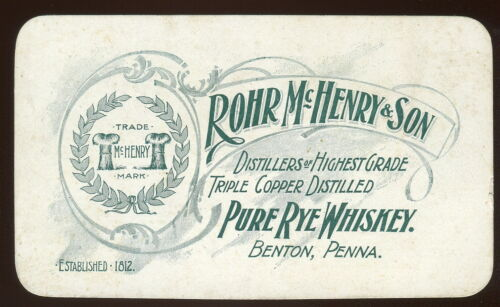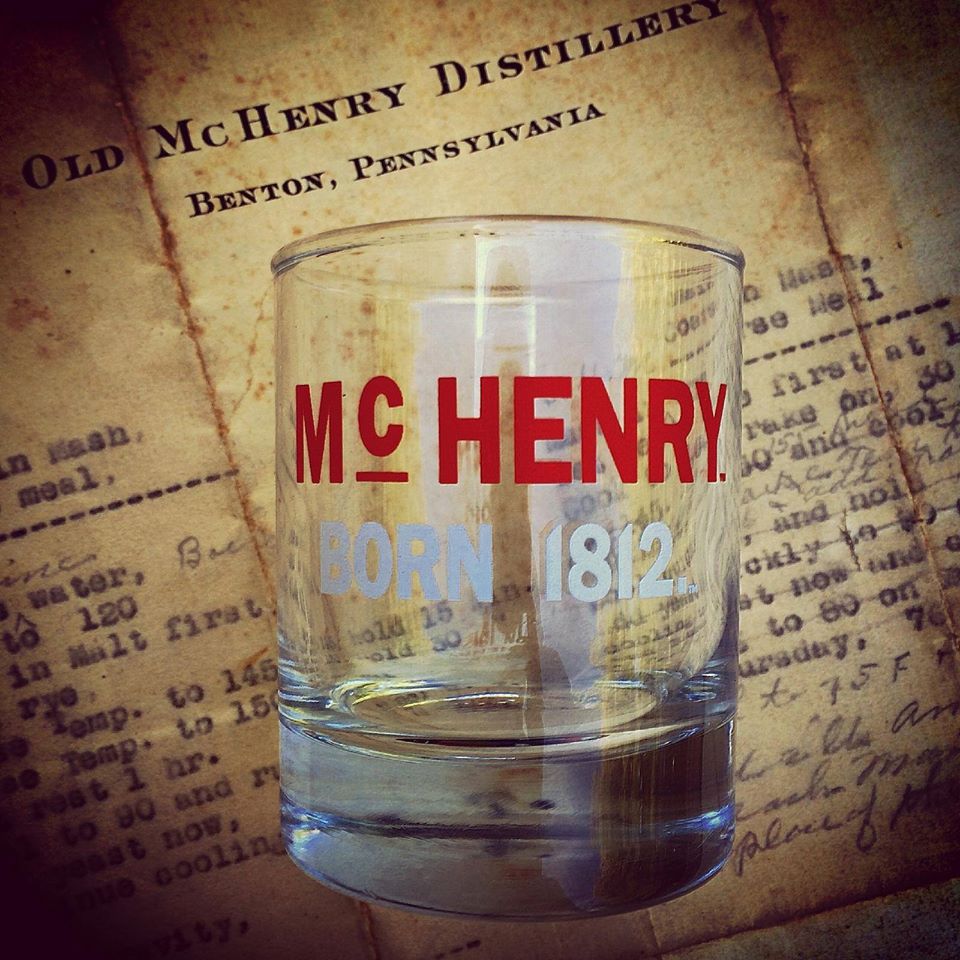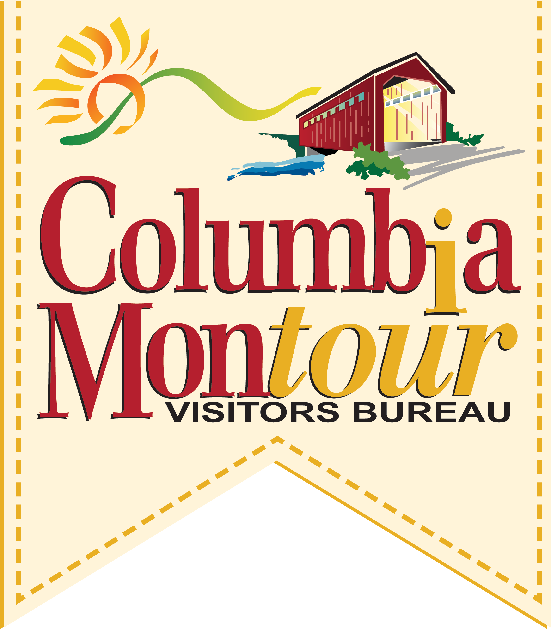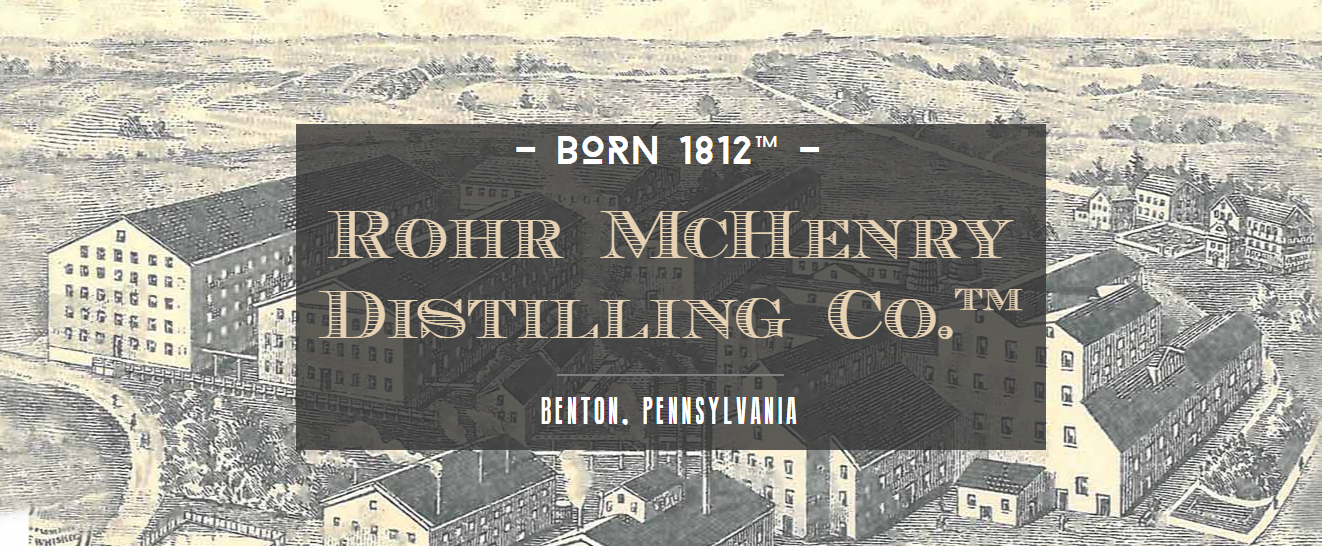By Nancy Bishop
Remember the ‘70s song “American Pie” by Don McLean? Then, if you’re like me, the lyrics “Drove my Chevy to the Levee…And them good old boys were drinking whiskey and rye…” are probably still playing in your head.
But did you know that Benton can claim a piece of history with its own rye?
Although it largely disappeared in the Northeast after Prohibition, rye whiskey was historically the prevalent whiskey in the northeastern states, especially in Pennsylvania and Maryland. And back in the mid-1800s, “Hunter John” McHenry began distilling his rye whiskey in Benton.
So just what is rye whiskey? As a long-time dedicated single malt Scotch drinker, I needed to find out. Turns out rye whiskey is, by law, made from a mash of at least 51 percent rye – the same grain that the rye bread on your Rueben sandwich is made from. The other ingredients in the mash are usually corn and malted barley.
Why rye grain? Lovers of rye believe it gives a spicy or fruity flavor to the whiskey while bourbon, which is distilled from at least 51 percent corn, tends to be noticeably sweeter more full-bodied. Also by law, rye whiskey must be distilled to no more than 160 proof and must be aged in new charred oak barrels.

McHenry knew a thing or two about making rye whiskey and soon his rye was legendary throughout the area, known for its age, purity and strength. His son, Rohr, joined him in the business and by the beginning of the 20th century, McHenry Whiskey™ was a well-known brand.
When his father died, Rohr took over the “Still House,” as the McHenry homestead was known, building it into a serious commercial operation renamed the Rohr McHenry Distilling Company. The whiskey he produced became known locally as “Old Rohr.” The distillery produced 100 gallons a day and was a major employer in Benton and Columbia County.
Rohr’s son John Geiser McHenry, born in 1868 and known as “John G.”, was the next to take over the distillery. He coined the slogan “Born 1812” to commemorate the date the distillery was founded. Business boomed under John G.’s care. Local farms that supplied the rye also prospered. The company advertised that: “This whiskey is the product of selected Rye and Malt pure mountain spring water and scientific distilling with years of perfect aging in charred barrels in heated warehouses and coming direct from us it brings to you the finest & purest Whiskey made, and costs you no more than the other brands”.

John G. also established a peach orchard containing 30,000 peach trees on what he named “Pioneer Farms” with the intent of adding peach brandy to the McHenry production line. Peach trees take up to 15 years to reaching maturity, so the operation was part of the long-term vision for the business. The orchard and other farm crops, including rye, and a vineyard was cared for by Prof. M. E. Chubbuck from State College with the help of 40 or so employees. The farm also included a building for large-scale production of poultry.
But in March 1911, a devastating fire destroyed the 10-story bond house with its 17,000 barrels of maturing whiskey. Only one barrel could be saved. Although much of the rest of the distillery made it through and production later resumed, losing so much product dealt an insurmountable financial blow. By the end of 1912, the company was forced into receivership and, on the night of the foreclosure, John G. died He was 46.
The remaining distillery buildings were preserved as a museum. More bad luck ensued when a fire in the boiler house in 1962 destroyed it and nearly all the Rohr McHenry artifacts inside.
Fast forward to 2012 when it was announced that the Rohr McHenry Distillery would be reborn with the goal of again brewing the iconic whiskey. Hmmm… and when that happens, I may have to pour at least one glass of it instead of my beloved Scotch!
You can visit the McHenry Distillery’s Facebook page to keep apprised of any distillery progress or updates.


